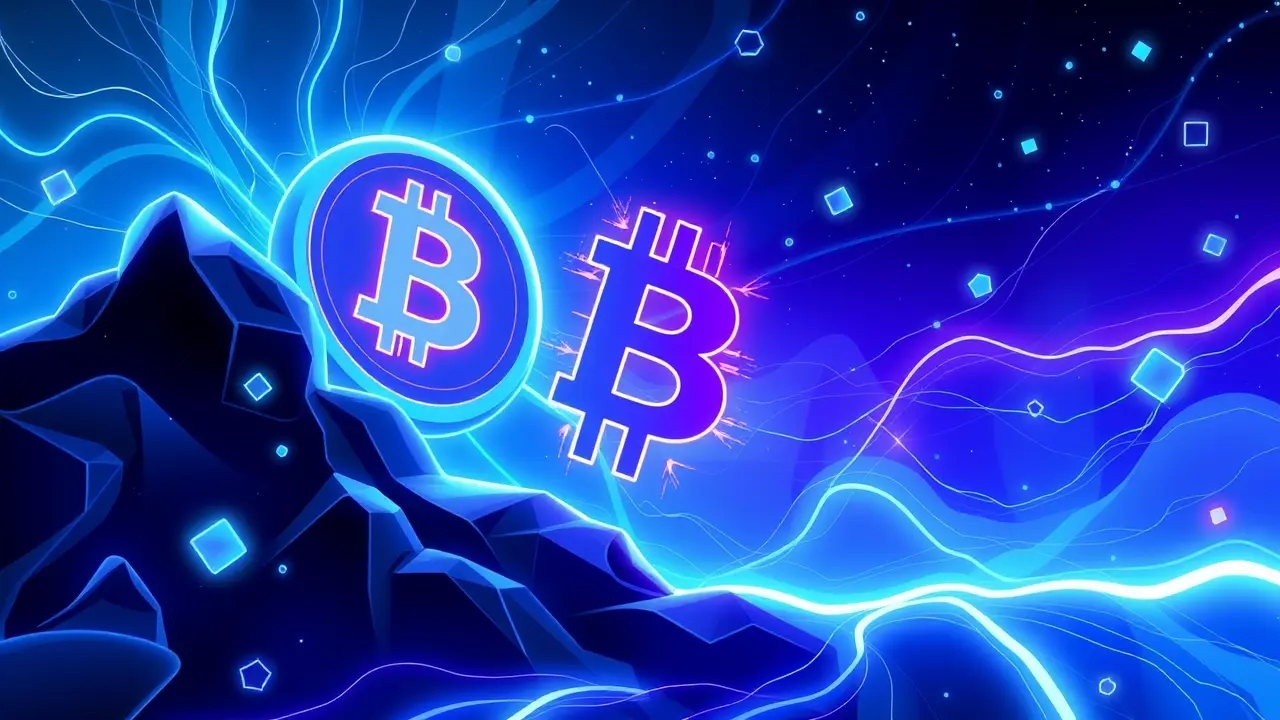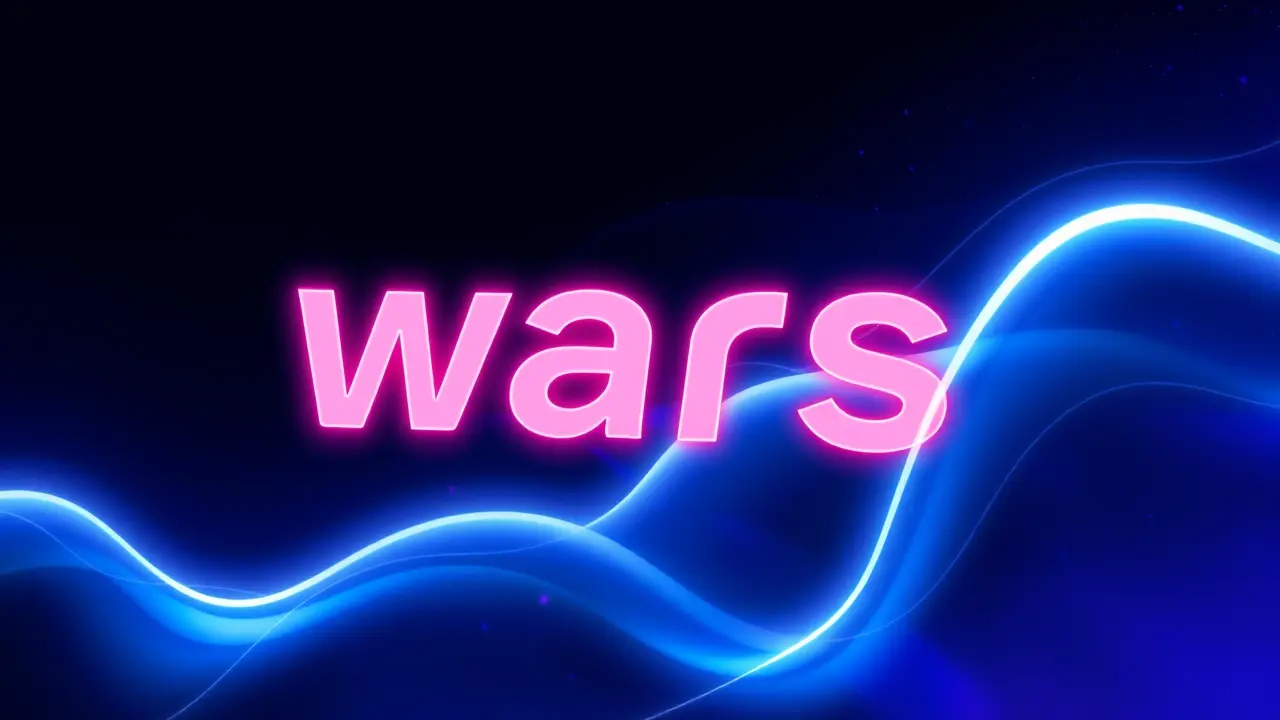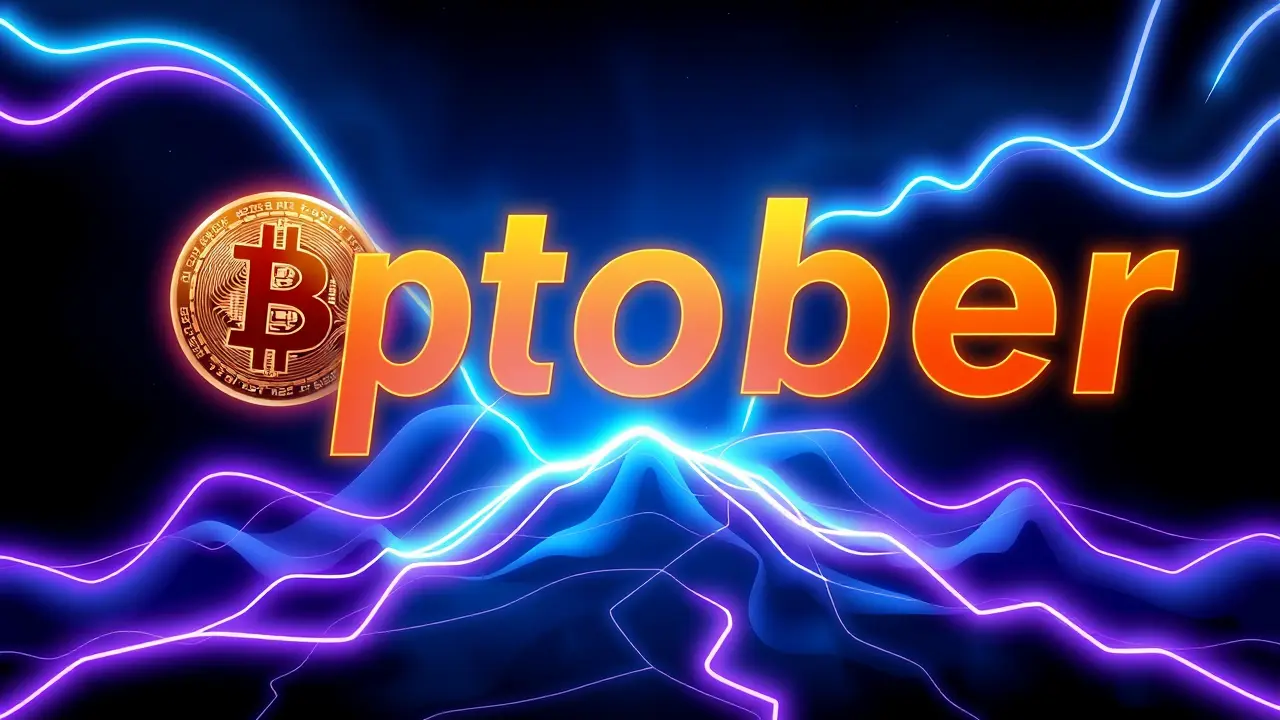
CryptoethereumProtocol Upgrades
Ethereum devs officially target Dec. 3 for Fusaka upgrade
AL
Alice Morgan
4 days ago7 min read
The Ethereum ecosystem is buzzing with a palpable sense of anticipation as core developers have officially set their sights on December 3 for the long-awaited Fusaka upgrade, a backwards-compatible hard fork that promises to be one of the most significant network enhancements since The Merge. This isn't just another routine update; Fusaka represents a crucial next step in Ethereum's relentless march toward scalability, security, and sustainability, formally integrating approximately a dozen Ethereum Improvement Proposals (EIPs) that have been meticulously debated and tested across devnets for months.For those deeply embedded in the DeFi and smart contract landscape, the name 'Fusaka' evokes the same foundational excitement as previous milestones like Berlin or London, acting as the delivery mechanism for foundational changes that will ripple through every dApp, wallet, and protocol built on the chain. The centerpiece of this upgrade is undoubtedly EIP-7623, which aims to optimize calldata costs for Layer-2 rollups, a move that could dramatically reduce transaction fees on networks like Arbitrum and Optimism and finally make micro-transactions economically viable, thereby onboarding the next million users.Alongside this, proposals like EIP-5920, which introduces a new 'PAY' opcode, will grant smart contracts a new level of financial autonomy, allowing them to receive payments without the need for a cumbersome fallback function, thus streamlining everything from subscription models to decentralized gaming economies. The path to setting a firm mainnet date was not without its challenges; developer calls were filled with intense technical scrutiny, particularly around the state size implications of EIP-2537, which brings BLS precompiles for enhanced cryptographic operations, a feature eagerly awaited by staking pools and privacy-focused applications.This deliberate, consensus-driven process, often led by visionaries like Vitalik Buterin and the EF research team, underscores a core Ethereum philosophy: move fast but don't break things, ensuring that every line of code deployed strengthens the network's position as the world's programmable settlement layer. From a market perspective, the announcement has already begun to influence investor sentiment, with analysts noting a subtle firming in ETH's price against Bitcoin as the narrative of 'ultra-sound money' complemented by relentless technical progress gains traction.The timing is also strategically poignant, arriving just as regulatory scrutiny intensifies globally; a successful, uneventful upgrade like Fusaka serves as a powerful testament to the maturity and resilience of decentralized governance, contrasting sharply with the often-slow and politicized processes of traditional financial infrastructure. Looking ahead, the successful activation of Fusaka will immediately set the stage for the next chapter: the Verge and the Purge, phases of the roadmap focused on statelessness and historical data management, which will further cement Ethereum's long-term viability. For the global community of builders, from Seoul to San Francisco, this December date is more than a calendar marker; it's a beacon of coordinated innovation, a demonstration that a distributed group of developers and stakeholders can collectively steer a multi-hundred-billion-dollar system toward a more capable and inclusive future, one hard fork at a time.
#featured
#Ethereum
#Fusaka upgrade
#hard fork
#Ethereum Improvement Proposals
#Dec 3
Stay Informed. Act Smarter.
Get weekly highlights, major headlines, and expert insights — then put your knowledge to work in our live prediction markets.
Related News
© 2025 Outpoll Service LTD. All rights reserved.














